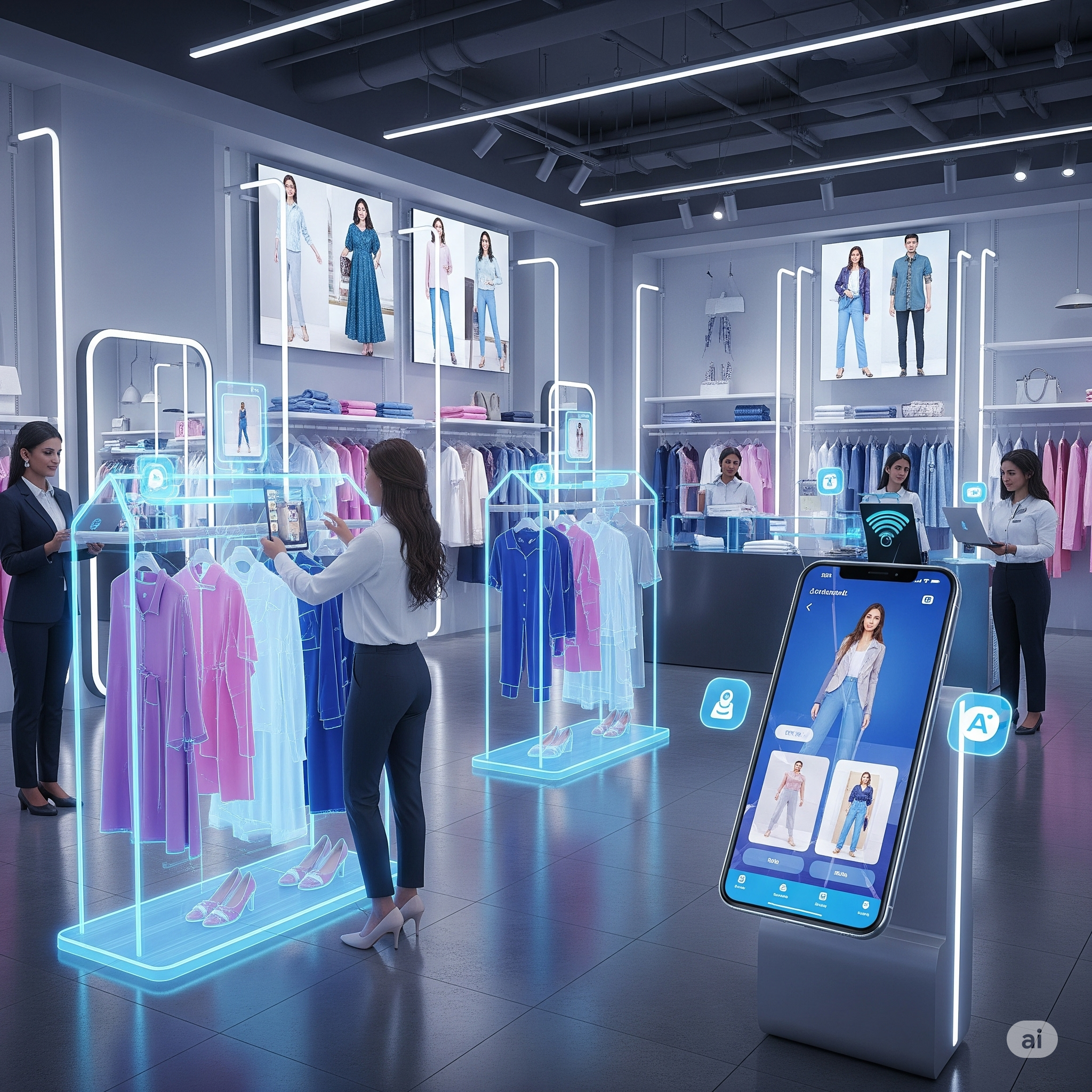The current Retail Business crisis and the mantra for solve it out: “disrupt or die”.
The Retail sector in 2025 is navigating a profound crisis, characterized by a convergence of structural and operational challenges that demand immediate attention and strategic action.
Current challenges
Bankruptcies and Store Closures: The industry has witnessed a dramatic rise in bankruptcies and store closures, with over 7,100 U.S. stores closing in 2024—a 69% increase from the previous year. Esteemed brands such as Party City, JOANN Fabrics, and The Body Shop have either exited the market or significantly downsized, while major chains like CVS and Walgreens have shuttered hundreds of locations. Europe is having quite the same experiences.
Financial Pressures: Rising wages, inflation, and supply chain instability are squeezing profit margins. Operational costs in logistics and compliance continue to escalate, compelling many retailers to reassess and transform their business models.
Digital Disruption: The relentless shift to e-commerce and online competition has eroded foot traffic and profitability for traditional brick-and-mortar stores.
Silos: the hidden barrier to transformation
Operational Inefficiency: Siloed data leads to duplicated efforts, slow inventory turnover, and flawed demand forecasting. Departments often operate with disparate data sets, resulting in fragmented decision-making and missed opportunities.
Customer Experience Gaps: Without unified data, retailers struggle to deliver consistent omnichannel experiences. Customers may encounter contradictory product availability or receive irrelevant marketing, undermining loyalty and satisfaction.
Financial and Compliance Risks: Disconnected systems complicate compliance with regulations such as GDPR and PCI-DSS, increase the risk of data breaches, and make auditing more challenging.
Leadership Challenges
Leadership Burnout: Retail leaders are increasingly overwhelmed by excessive workloads and constant pressure, leading to burnout and a lack of strategic focus. Many are forced to prioritize day-to-day survival over long-term planning and team development.
Stagnant Management Models: The prevalence of “copy & paste” management practices—replicating outdated methods rather than innovating—has stifled organizational agility. This has contributed to a flattening of leadership pipelines and neglected employee development, making it harder to nurture future leaders and adapt to change.
Changing Customer Behaviors
Omnichannel and Ambient Shopping: Consumers now expect seamless experiences across digital, physical, and social channels. Shopping is no longer a discrete event but an “ambient” activity, with discovery and purchase happening anywhere—from social feeds to streaming platforms.
Personalization and Value Orientation: Shoppers demand personalized recommendations and real-time support. They are more price-conscious, actively seek deals, and are willing to switch brands or channels for better value.
Sustainability and Brand Values: A significant segment of consumers, particularly Millennials and Gen Z, prioritize sustainability and align their spending with their values. They expect transparency, eco-friendly products, and authentic brand engagement.
Experience Over Ownership: There is a growing preference for experiences over material goods, and flexible payment options like buy-now-pay-later (BNPL) are gaining traction, especially among younger consumers.
The Future: business transformation needs
To survive and thrive, retailers must embrace a holistic, technology-driven transformation:
| Transformation Area | Description & Imperatives |
| Omnichannel Integration | Unify digital, physical, and mobile channels for seamless customer journeys. |
| Data Harmonization | Break down silos to create a single source of truth, enabling real-time decision-making and personalized marketing. |
| AI & Automation | Leverage AI for demand forecasting, personalized recommendations, and operational automation. |
| Sustainable Operations | Implement traceability, eco-friendly sourcing, and circular economy models to meet regulatory and consumer demands. |
| Employee Empowerment | Invest in tools and training to reduce burnout, foster engagement, and build future-ready leadership pipelines. |
| Agile Business Models | Build resilience and flexibility to adapt quickly to market shifts, leveraging cloud, automation, and predictive analytics. |
The crisis in Retail is not merely cyclical but structural, driven by digital disruption, rising costs, and rapidly evolving consumer expectations, while silos—both data and organizational—compound these challenges and a lack of visionary leadership and stagnant management models impede transformation.
In my perspective, the future of Retail demands bold, tech-enabled change: breaking down silos, investing in omnichannel and AI, empowering employees, and aligning with new consumer values. Retailers that act decisively on these fronts will define the next era of commerce; those that do not risk irrelevance.


